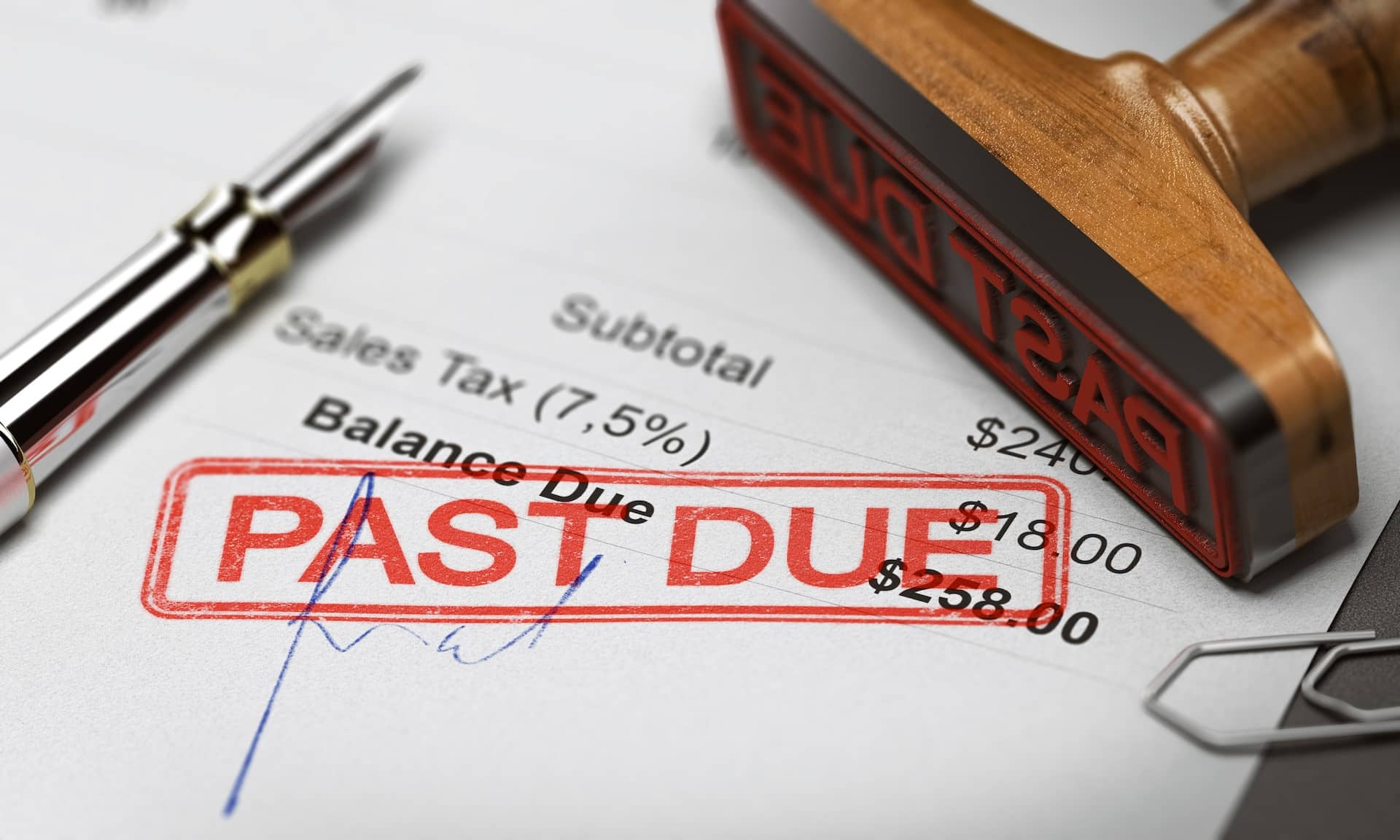Credit Sesame discusses the causes of the continued consumer debt problem.
Consumer debt has continued to grow, and people are finding it hard to keep up with their payments. Is inflation to blame? A new analysis shows that the real culprit may be that consumers have been splurging more than they did a few years ago.
The debt problem continues to grow
The Federal Reserve Bank of New York’s Quarterly Report on Household Debt and Credit showed that the debt problem has continued to grow in two important ways.
- Debt balances rose again. Consumers owe more money than ever, with increases for 15 consecutive quarters. Over that period, total US consumer debt has grown by $3.42 trillion, a 24% increase. Credit card debt has led the way, with growth of 36.5% since mid-2020.
- More and more consumers are falling behind with payments. The Household Debt and Credit Report shows the percentage of consumer debt balances that are 90 days or more overdue has risen for five consecutive quarters. Again, credit card debt is leading the way. 10.69% of credit card balances now have payments that are at least 90 days delinquent. That’s the highest since mid-2012 when the economy was still struggling to recover from the financial crisis and the Great Recession. Notably, the unemployment rate back then was more than twice as high as today. Imagine how bad delinquency rates might be now without a strong job market.
What’s the real culprit?
People are quick to cite inflation as the reason for increased borrowing. Rising prices have made it harder to make ends meet from week to week, so consumers have had no choice but to borrow to fill the gap. There’s some truth to that, but it’s not the whole story.
The worst inflation in 40 years surprised most households. The Federal Reserve failed to anticipate it, leaving the average family unprepared.
However, a good job market has brought strong income growth. A new analysis from the Congressional Budget Office suggests this income growth should have been more than enough to make up for inflation.
The CBO divided American households into five groups according to income level, from lowest to highest. It then examined the goods each group typically bought in 2019, which it called each group’s “consumption bundle.”
The analysis then compared the change in each group’s after-tax income with the change in the cost of each group’s consumption bundle from 2019 to 2023. This analysis showed that for each income group, the percentage of household income required to buy their consumption bundle actually declined from 2019 to 2023. This means that income generally grew faster than prices for every group, from the lowest earners to the highest earners.
Averages don’t apply to everybody. Some households must have experienced sub-par income growth or even declines during this period. However, that total consumer borrowing has grown so persistently over the past few years suggests that many people have chosen to spend more, above and beyond the price increases caused by inflation.
American households have largely increased their consumption bundle over the past few years. The boom in travel since pandemic restrictions eased is one example of how discretionary spending—spending by choice rather than necessity—has grown.
Borrowing choices are changing
Much of the binge spending has been finance by credit card debt. Credit card debt has grown faster than any other form of debt. Credit card debt is generally much more expensive than other forms of debt. It is also especially vulnerable to rising interest rates – something that has proven costly in recent years.
Interestingly, the most recent Household Debt & Credit report shows that this tendency to finance with credit card debt may be changing. However, that isn’t necessarily a good thing.
In the first quarter of 2024, while consumer debt overall grew yet again, credit card debt shrunk. After a few years of rapidly growing their credit card balances, people are shying away from this generally more expensive form of debt.
The bad news is that the fastest-growing form of consumer debt in the first quarter was home equity lines of credit (HELOCs). Certainly, HELOCs may be a smart choice in some cases because they’re typically a much lower-cost form of debt than credit cards.
However, HELOCs are secured by people’s homes, which raises a new concern. If people risk their homes to support their short-term spending habits, they may be about to take borrowing risk to a new level.
If you enjoyed The debt problem is not caused by inflation alone you may like,
- Is consumer debt growth finally slowing?
- Impact of debt settlement vs. debt management on credit score
- Get your free credit report summary
Disclaimer: The article and information provided here is for informational purposes only and is not intended as a substitute for professional advice.




















